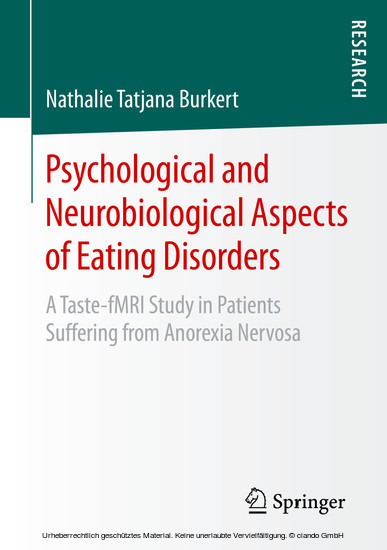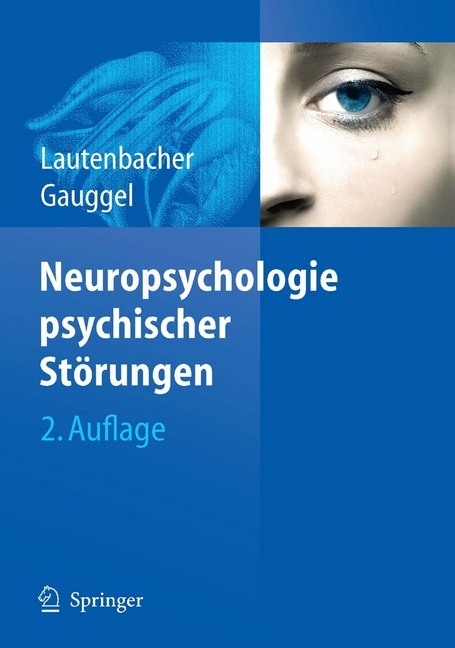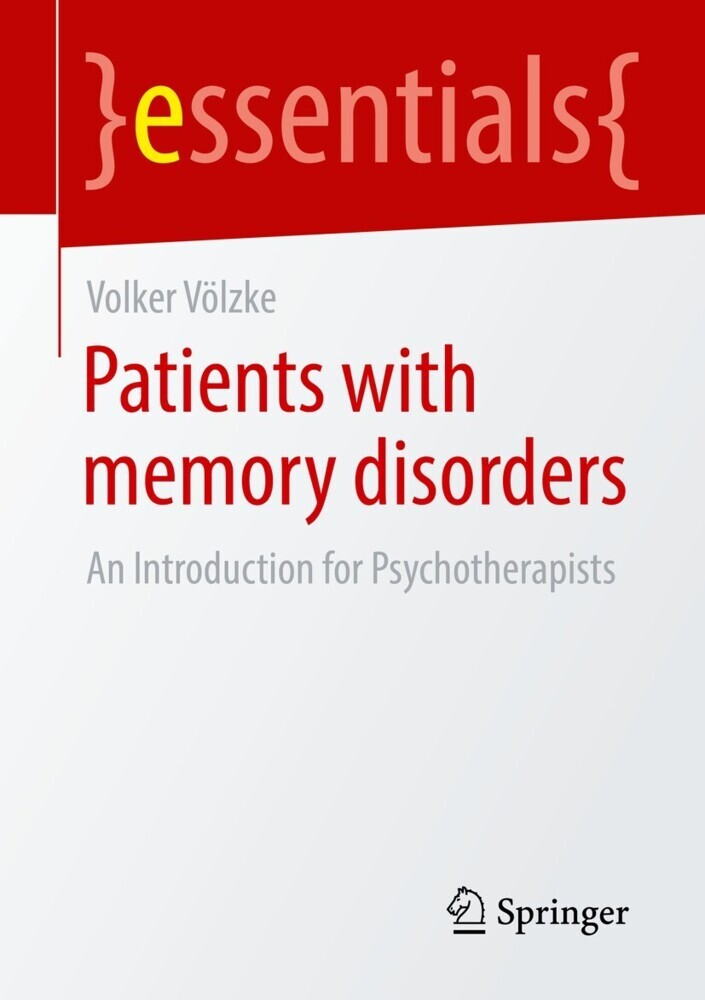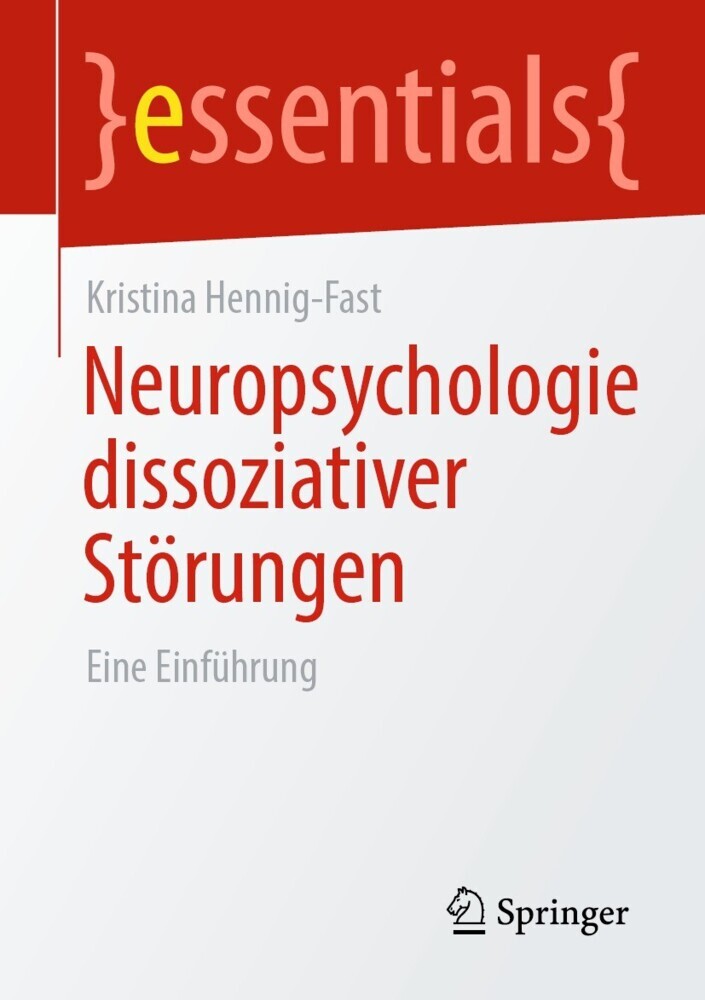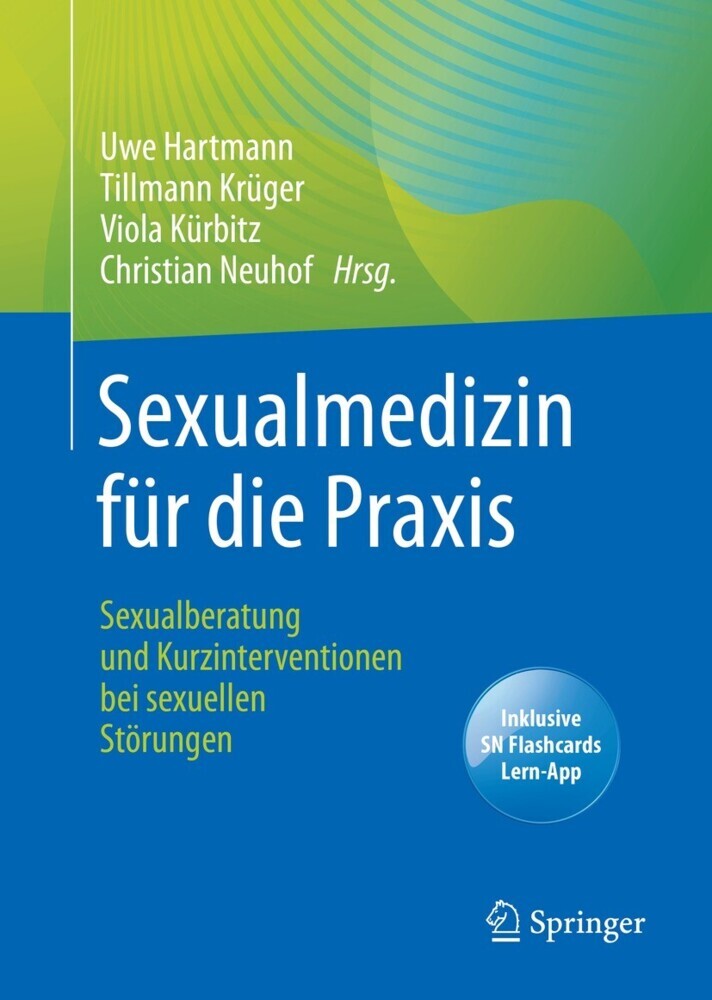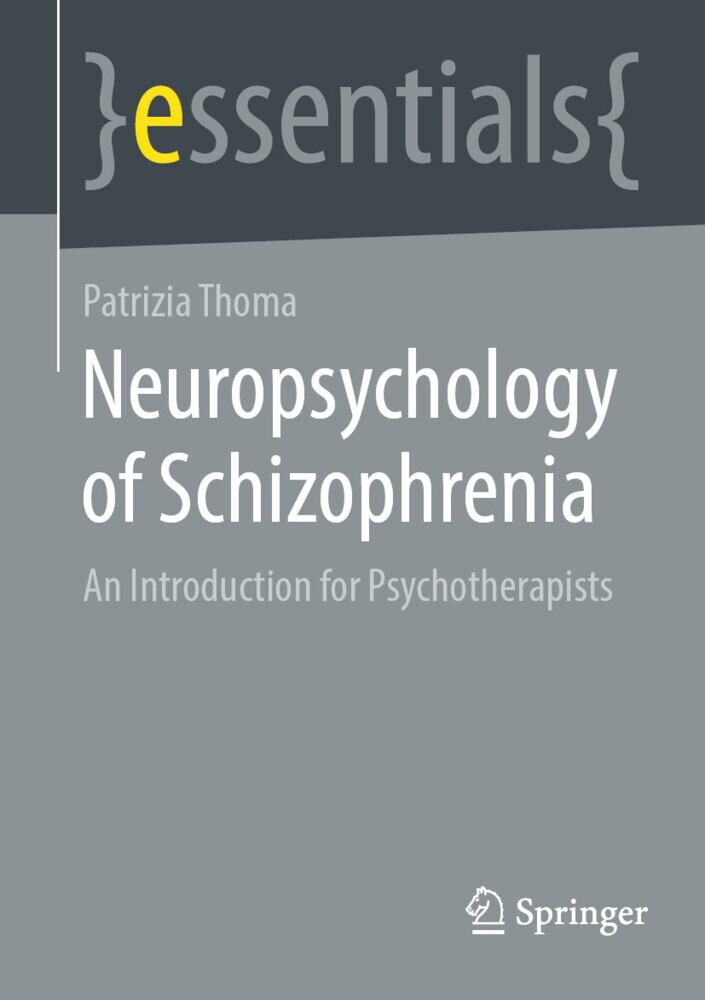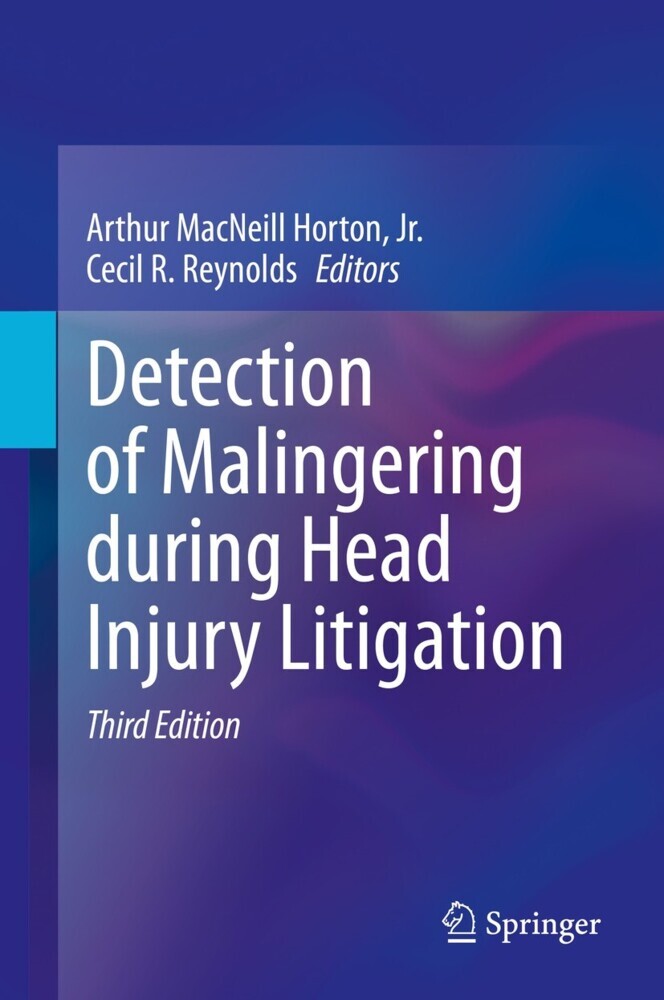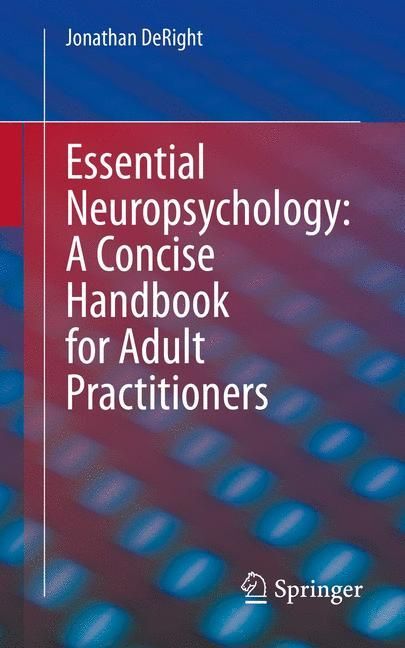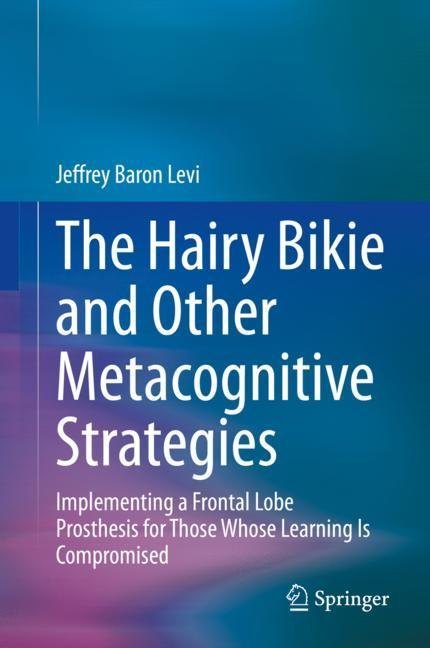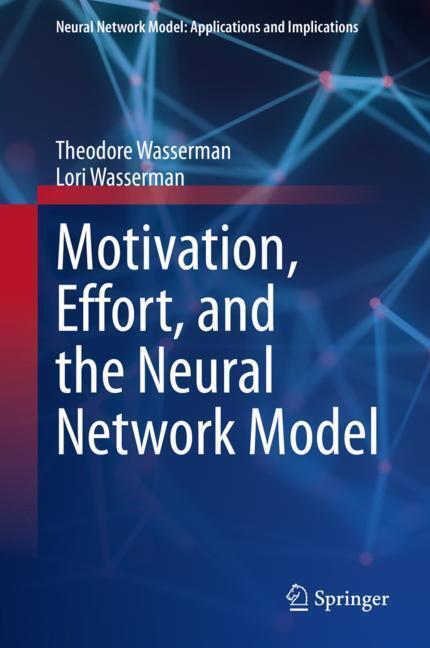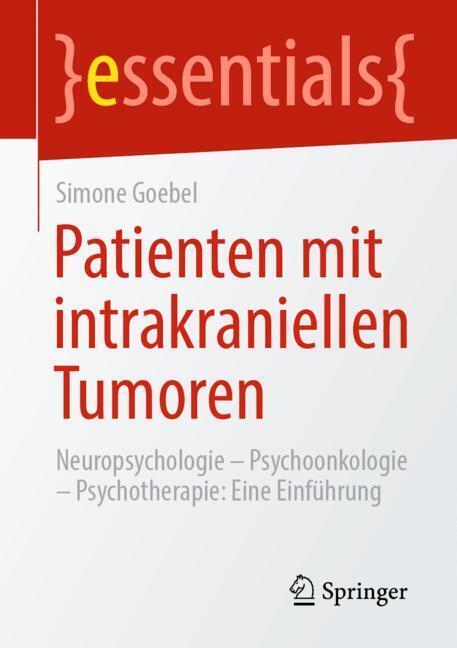Psychological and Neurobiological Aspects of Eating Disorders
A Taste-fMRI Study in Patients Suffering from Anorexia Nervosa
Psychological and Neurobiological Aspects of Eating Disorders
A Taste-fMRI Study in Patients Suffering from Anorexia Nervosa
This book provides evidence about an altered taste processing due to the administration of a sweet, sour, or umami taste in patients suffering from Anorexia Nervosa (AN). Moreover, the results show for the first time that taste processing is associated with psychological aspects such as stress, anxiety, co-morbidities, or the duration of the illness in AN.
Anorexia Nervosa is among the most widely spread and most severe mental diseases in Western countries. In this book the results of several analyses in 21 women suffering from AN compared to 21 healthy control women (CW) are illustrated. The results of this study contribute to a better understanding of the pathophysiology of AN, and, therefore, help to improve the treatment.
Nathalie Burkert is a clinical and health psychologist. Since 2010 she works as a university assistant at the Institute of Social Medicine and Epidemiology at the Medical University of Graz. Her research focuses on eating disorders, weight, nutrition, and associations with health.
Anorexia Nervosa is among the most widely spread and most severe mental diseases in Western countries. In this book the results of several analyses in 21 women suffering from AN compared to 21 healthy control women (CW) are illustrated. The results of this study contribute to a better understanding of the pathophysiology of AN, and, therefore, help to improve the treatment.
Nathalie Burkert is a clinical and health psychologist. Since 2010 she works as a university assistant at the Institute of Social Medicine and Epidemiology at the Medical University of Graz. Her research focuses on eating disorders, weight, nutrition, and associations with health.
1;Acknowledgements;8 2;Contents;12 3;Abbreviations;16 4;List of figures;18 5;List of tables;20 6;Zusammenfassung;22 7;Abstract;26 8;1 Scientific background;29 8.1;1.1 Introduction;29 8.2;1.2 Anorexia nervosa;30 8.2.1;1.2.1 Medical issues and complications of the disease;34 8.2.2;1.2.2 Psychopharmacological treatment;34 8.2.3;1.2.3 Recovery;35 8.3;1.3 Psychological aspects of anorexia nervosa;36 8.3.1;1.3.1 Etiopathogenetic factors;36 8.3.2;1.3.2 Personality aspects;37 8.3.3;1.3.3 Stress and Coping;38 8.3.4;1.3.4 Self-injurious behavior, suicide and mortality;38 8.4;1.4 Neurobiological aspects of anorexia nervosa;40 8.4.1;1.4.1 Structural changes;41 8.4.2;1.4.2 Structural alteration of the hippocampus;43 8.4.3;1.4.3 Neurobiological aspects concerning taste processing;45 8.4.4;1.4.4 Brain activity as a response to body images;46 8.4.5;1.4.5 Cognitive processing of taste-related stimuli;47 8.4.6;1.4.6 Viewing images of food;49 8.4.7;1.4.7 Administration of taste stimuli;51 9;2 Method;57 9.1;2.1 Objectives;57 9.2;2.2 Participants;58 9.2.1;2.2.1 Inclusion and exclusion criteria;58 9.3;2.3 Test procedure;59 9.4;2.4 MRI design;65 9.4.1;2.4.1 Magnetic resonance measurement;65 9.4.2;2.4.2 Taste stimulation;66 9.5;2.5 Data analysis;69 9.5.1;2.5.1 Sociodemographic, medical and psychological data;69 9.5.2;2.5.2 Structural brain data;70 9.5.3;2.5.3 fMRI data;71 10;3 Results;73 10.1;3.1 Characteristics;73 10.1.1;3.1.1 General characteristics;73 10.1.2;3.1.2 Health behavior;74 10.1.3;3.1.3 Weight limit;75 10.1.4;3.1.4 Psychiatric disorders in relatives;75 10.1.5;3.1.5 Co-morbid disorders;75 10.1.6;3.1.6 Medical issues/complications;76 10.1.7;3.1.7 Treatment and medication;76 10.1.8;3.1.8 Subjective health;76 10.2;3.2 Psychological aspects of anorexia nervosa;77 10.2.1;3.2.1 Personality;77 10.2.2;3.2.2 Coping Strategies;78 10.3;3.3 Neurobiological aspects of anorexia nervosa;86 10.3.1;3.3.1 Structural changes in overall brain volume and volume of the various brain areas;86 10.3.2;3.3.2 Volume of the hippocampal sub-structures;89 10.3.3;3.3.3 Associations between the total hippocampal volume and other brain areas, stress, and coping;91 10.3.4;3.3.4 Brain activity in response to taste stimuli: whole brain analyses;93 10.3.5;3.3.5 Brain activity in response to the different taste stimuli in the regions of interest;95 10.3.6;3.3.6 Associations between the brain activity in response to a taste in general and psychological aspects;98 10.3.6.1;3.3.6.1 Association between the brain activity due to a taste in general and stress;98 10.3.6.2;3.3.6.2 Association between the brain activity due to a taste in general and anxiety ratings concerning the taste;100 10.3.6.3;3.3.6.3 Association between the brain activity due to a taste in general and pleasantness ratings concerning the taste;103 10.3.6.4;3.3.6.4 Association between brain activity due to a taste in general and depression;103 10.3.6.5;3.3.6.5 Association between the brain activity due to a taste in general and anxiety;106 10.3.6.6;3.3.6.6 Association between the brain activity due to a taste in general and obsession;108 10.3.6.7;3.3.6.7 Association between the brain activity due to a taste in general and obsessional control;111 10.3.6.8;3.3.6.8 Association between the brain activity due to a taste in general and the duration of the illness;111 11;4 Discussion;115 11.1;4.1 Psychological aspects of anorexia nervosa;115 11.1.1;4.1.1 Personality;117 11.1.2;4.1.2 Stress and coping;118 11.1.3;4.1.3 Body image;119 11.2;4.2 Neurobiological aspects of anorexia nervosa;120 11.2.1;4.2.1 Structural changes;120 11.2.2;4.2.2 Hippocampal changes and associations with psychological symptoms in AN patients;121 11.2.3;4.2.3 Brain activity as a response to a taste in general;124 11.2.4;4.2.4 Brain activity as a response to sucrose, umami, and citric acid in regions of interest;126 11.2.5;4.2.5 Associations between the brain activity as a response to a taste and psychological factors;128 11.3;4.3 A critical reflectio
Burkert, Nathalie Tatjana
| ISBN | 9783658130688 |
|---|---|
| Artikelnummer | 9783658130688 |
| Medientyp | E-Book - PDF |
| Copyrightjahr | 2016 |
| Verlag | Springer-Verlag |
| Umfang | 174 Seiten |
| Sprache | Englisch |
| Kopierschutz | Digitales Wasserzeichen |

